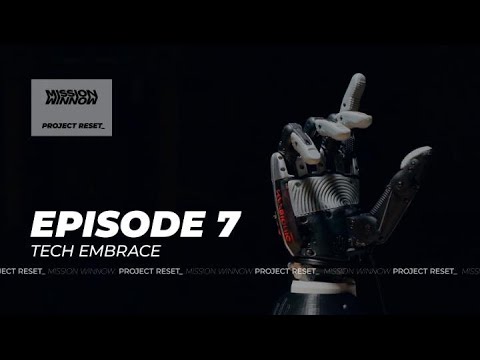There are certain behaviors that can be a burden on society. Collectively, we must work out how we will manage these behaviors and one approach is known as “harm reduction”. The key principle of harm reduction is to accept that these behaviors may not be stopped entirely but to try to reduce the risk associated with those behaviors, for the greater good of wider society.
We spoke with Andrea Costantini, PMI’s Head of Regional Scientific Engagement for Latin America and Canada, to discover more about how she views the issues surrounding harm reduction today. For Andrea, her journey, both to PMI and to the concept of harm reduction, were extremely personal ones: “I do understand people whenever they feel not so comfortable with this approach of harm reduction because that was a journey that I needed to take in the past when I decided to join the company. For me at the very beginning as a medical doctor and based on my formation in general, we are not receiving this idea of harm reduction in the University while we are studying, however, that is something that we are constantly implementing in our lives, not only for the medical practice but also for our personal life.”
The concept of harm reduction can be challenging because there is no universally held definition of the term. So how could we describe harm reduction? There are harms that cannot be stopped entirely and immediately, but that can be reduced by undertaking the appropriate steps. Taking those steps could be said to be a harm reduction approach. It’s this reduction of risks that most of us naturally strive for on a daily basis, and it’s what makes the concept of harm reduction so significant.
Harm reduction has to consider many different behaviors and activities, from those that can be considered quite dangerous all the way to those that we go through on a daily basis. As Andrea says, “It is not only about highly risky activities such as parachuting, I’m going to something much more basic: biking, skating, skiing, all of them are activities with an inherent risk so the way to reduce the risk of harm is implementing harm reduction policies and practices, and science will help us to show that those harm reduction initiatives make sense. You are not able to know at the very first moment if by using a helmet while skiing you are going to be decreasing your chances to go to the clinic with a concussion. It will take time for the authorities to gather all relevant data, and also for people to understand that using a helmet is important.”


